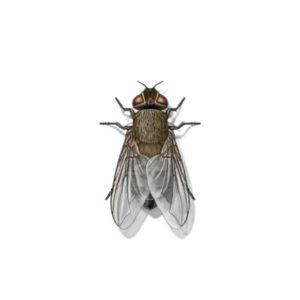Fruit Flies in Anaheim
There are over 177 species of fruit flies in North America, but just eight of them are common in the United States. The scientific name for these flies, Drosophila, meaning “lover of dew,” hinting that they need moisture to reproduce. People also often refer to them as fruit, vinegar, or pomace flies and they can be easily mistaken for other indoor fly species. Fruit flies are known to carry diseases as they feed on bacteria and sugar from decaying foods. You might spot them near fruit bowls, garbage cans, and dirty dishes.
Fruit Fly Habitat
Fruit flies are tiny insects that can squeeze through regular-sized window screens. You may notice them in homes, grocery stores, and restaurants with open salad bars – basically, anywhere fruits and veggies are around. They often make their way indoors from nearby trash bins or damp compost heaps where people have thrown away fruits and veggies. Fruit flies lay lots of eggs on fruit, and when these eggs hatch, the larvae will eat the produce. These flies become more active when the weather gets warm, and they can complete a full generation in under a week when it’s between 80° and 89°F.
Fruit Fly Behaviors, Threats, or Dangers
Fruit flies are not like some insects that sting or bite. They are mainly nuisance pests, but there was a recent study that found they can carry E.coli, Salmonella, and Listeria to different surfaces. They can even take E.coli from one place and move it to fresh, ready-to-eat food. While fruit flies usually hang out on fermenting foods, they also wander over to plates, utensils, drinking glasses, and even old toothbrushes. So, if you use these items, you might come into contact with the same bacteria the fruit fly carries from place to place.
If you’re dealing with a fruit fly problem, consider contacting your local exterminators for help in getting them out of your property.





